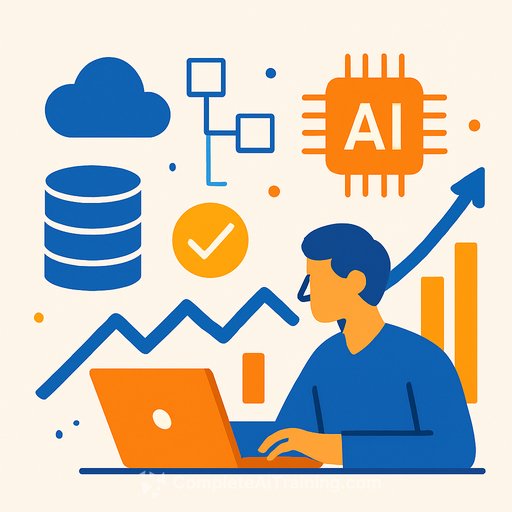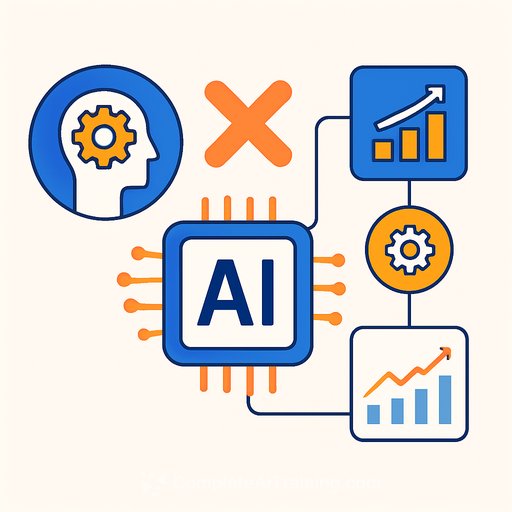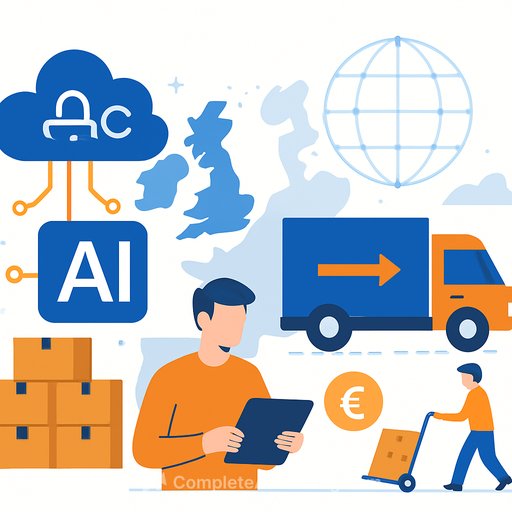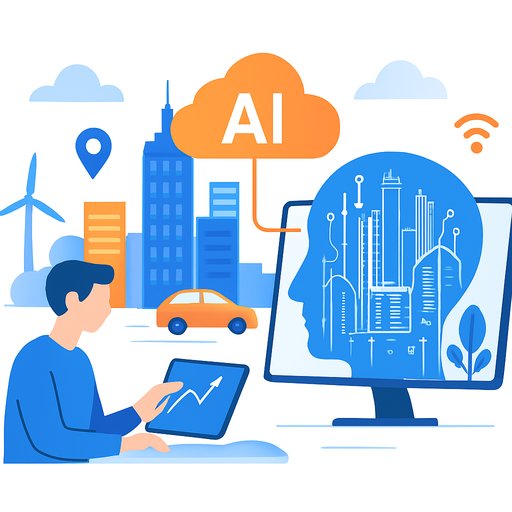Modern Data Architecture and High-Quality Data: The Backbone of AI Development
A modern data architecture is essential for generating AI-driven insights in real time. Traditional centralized or isolated data systems were outdated even before the surge in AI interest triggered by tools like ChatGPT. These older systems hindered timely data analysis, limiting businesses' ability to compete and empower their workforce with AI-enhanced decision-making. Today, an updated data architecture enables real-time analysis and supports AI advancement effectively.
Why Data Quality Has Gained Importance
Good decisions start with good data. Whether it's business intelligence, machine learning, or AI, the quality of outcomes depends directly on the quality of the data feeding those applications. Large language models and AI tools must work with trustworthy, high-quality data to deliver accurate and reliable results. Ensuring your AI systems use the best available data is critical for effective retrieval and generation processes.
Maintaining Data Quality Before Cloud-Based Architectures
Before cloud adoption, enterprises relied on extract, transform, and load (ETL) processes and data quality tools. These processes acted as filters to prepare operational data for analytics. However, they were often opaque, manual, and difficult to troubleshoot. Data engineers had to carefully craft and monitor these ETL jobs, making data quality management cumbersome and less transparent.
Technological and Process Advances in Data Quality
With cloud architectures and growing data volumes, new technologies emerged. Zero ETL tools allow configuring data availability directly within database systems, eliminating opaque ETL pipelines. Data catalogs provide visibility into data flows, applied rules, and freshness, enabling users to interrogate dashboard inputs easily. These tools increase transparency and reduce manual effort.
Ownership of data is shifting from centralized teams to application owners. Developers who build applications are now responsible for making data available for analytics and AI, supported by management tools that simplify the process.
Future Trends in Data Quality Tools
Automation is advancing in data normalization, enrichment, and cleansing. Active metadata systems can automatically propagate application schema changes into analytics environments, preventing breaks in data pipelines. This integration reduces complexity and supports consistent, high-quality data across AI and analytics systems.
Key Components of a Modern Data Architecture for AI
A shared data foundation is critical. It supports generative AI, agentic AI, and other data needs without maintaining separate data stacks. The architecture should include:
- Online databases tailored to application models and performance requirements.
- Simple data ingestion methods using open formats like Apache Iceberg to ensure compatibility across environments.
- Data catalogs for discovery and understanding data lineage and quality.
- An environment that allows innovation with various tools such as SageMaker, Bedrock, Databricks, Snowflake, and Dremio on the same data foundation.
- Support for agentic AI capabilities via protocols like the Model Context Protocol, integrating AI models directly with the data systems without added complexity.
Barriers to Implementing Modern Data Architectures
Many organizations face challenges beyond technology when transitioning to this architecture. Key barriers include:
- Organizational change management to break down silos and enable federated data ownership.
- Technical migration from legacy systems like Hadoop-based data lakes to modern lakehouse architectures based on Iceberg.
- Complexity from multiple individual systems requiring integration.
Adopting a federated approach can ease the transition by allowing different domains to retain data ownership while contributing to a shared foundation.
Tools That Simplify Transition and Enable AI Development
Data catalogs such as SageMaker Catalog work with open data formats like Apache Iceberg to reduce integration complexity. They provide essential components—user interfaces, processing capabilities, and zero ETL databases—that facilitate building AI and analytics stacks. Cloud platforms further enable scalable, cost-effective infrastructure without upfront enterprise-wide investment.
Costs of Outdated Infrastructure and Benefits of Modern Architectures
Without a modern data infrastructure, organizations struggle to innovate and understand their business and customers effectively. Those with a shared data foundation can deliver better products, optimize operations, and personalize customer interactions. This advantage supports AI initiatives and traditional analytics alike, improving market segmentation and decision-making tools such as Tableau or QuickSight.
Additional Benefits of a Modern Data Architecture
One crucial advantage is saving time. Managing data becomes effortless, freeing skilled staff to focus on extracting value instead of wrestling with infrastructure. Maximizing expert time accelerates business impact and customer value through smarter data use and AI integration.
For IT and development leaders, investing in a modern data architecture is key to unlocking real-time insights and scaling AI capabilities efficiently. Building a shared data foundation with quality controls and flexible tools ensures your AI systems remain accurate, scalable, and integrated with your broader data strategy.
Explore advanced AI training options to stay ahead at Complete AI Training.
Your membership also unlocks:










